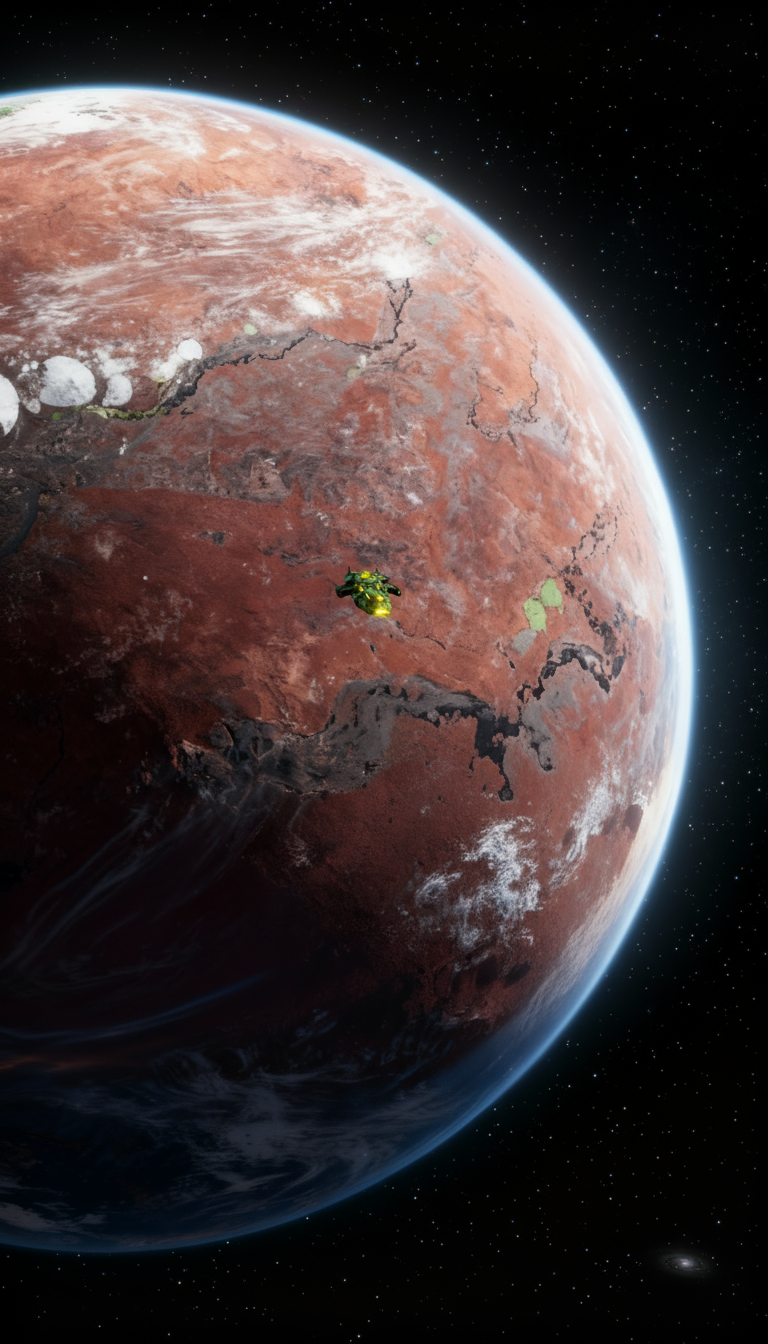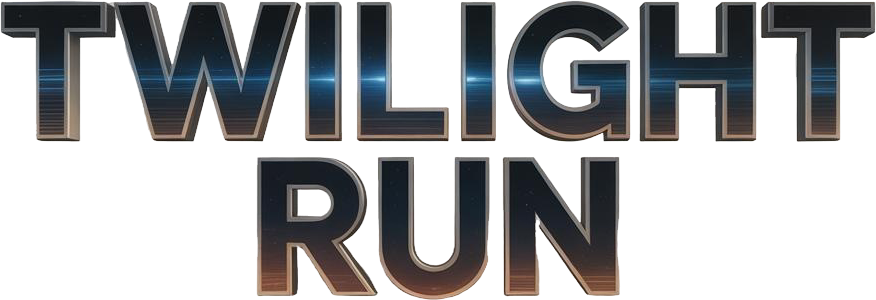Escape from Pittman

Day 1: Deployment to Pittman
We were already in orbit over Pittman when the orders came through. The situation on the surface was deteriorating fast. The MDF garrison was under siege by an unidentified alien force and couldn’t hold out much longer. Captain Harper and I briefed the crew. Our mission was straightforward: deploy our Marine complement and provide orbital support for as long as possible.
The USS Liberty is a Sierra-class Assault Ship, built for this exact kind of operation. We’ve executed dozens of orbital drops before, but something about this one felt different. The reports from the surface were vague—fragmented transmissions, no solid intel on the enemy. Fast. Advanced. Unpredictable. That was all we knew.
We launched the pods one after another, watching as they vanished into the atmosphere. Each carried Marines who had no idea what awaited them below. Our job was to hold orbit and provide cover fire from above.
At least, that was the plan.
Day 2: First Contact
Less than a day after the drop, everything changed. The ground battle was raging, but the real threat came from above. The first sign was a distortion—something flickering on the edge of our long-range sensors. Before we could identify it, they were on us. A fleet of unknown vessels emerged out of nowhere, moving faster than anything I’ve ever seen. Their assault was swift and devastating.
The USS Javelin and USS Olympus Mons, our two destroyer escorts, were destroyed within minutes. Their hulls broke apart under the sheer intensity of the enemy fire. Whatever these ships were, their technology dwarfed ours. They moved with precision, cutting through our formation as if we weren’t even there.
Captain Harper ordered evasive maneuvers, but the Liberty isn’t built for speed. We launched counterfire, missiles, railguns—everything we had—but it barely made a dent. They outmaneuvered us at every turn. I watched the tactical display in disbelief as our fleet crumbled.
Day 2: Desperate Escape
It became clear we couldn’t win. The Olympus Mons disintegrated before our eyes, ripped apart by sustained energy fire. The Javelin followed soon after. Captain Harper ordered all power to shields and engines. We had one chance to break orbit and escape the kill zone.
Harper kept his voice steady, but I saw the strain in his eyes. We had left our Marines on the surface, and now there was no way to help them. As we climbed out of Pittman’s gravity well, I caught a final glimpse of the MDF communications relay—its signal flickering and fading into static. They were on their own.
With the engines at full burn, we pushed through the blockade. For a time, the alien ships pursued, but then—suddenly—they stopped. Maybe we weren’t their priority. Maybe they had what they wanted. I don’t know why, but they let us go.
The Liberty was the only ship to escape.
Day 3: Regrouping in Deep Space
We’re adrift now, far beyond the orbit of Pittman. The jump drives were damaged in the attack. Engineering is working around the clock, but progress is slow. Our long-range communications array is offline, leaving us effectively cut off. I’ve sent emergency pings on every frequency we have, but it could be days before anyone hears us.
The bridge is quiet, tense. We’ve lost all contact with the Marines and the MDF garrison. No word, no telemetry—nothing. Captain Harper is holding the crew together, but I can tell he’s just as frustrated. We were supposed to be their lifeline, and now we’re struggling just to stay alive.
I can’t get the image of those alien ships out of my head—the way they moved, the way their weapons tore through solid hulls like vapor. We’ve fought human enemies before, but this was something entirely different. I keep wondering what’s happening down there. Are our men still fighting? Or has the planet already fallen?
Day 4: Damage Report and Survival
We’re still running dark while repairs continue. The Liberty took heavy damage, but we’ve managed to restore partial propulsion. Life support is stable, though our weapon systems are gone. If the enemy finds us again, we won’t survive a second encounter.
Harper and I spent most of the day in the ready room discussing options. Without communications, there’s no way to call for help, and even if we could, reinforcements might arrive too late for Pittman. The decision was made to head for the nearest transit corridor, hoping to repair the tunnel drive and reach friendly space. It’s a bitter choice—leaving Pittman behind—but staying here would mean death for everyone aboard.
Day 5: The Long Wait
Repairs are nearly complete, but morale is fading. The silence of deep space is heavy. The only sounds are the low hum of the engines and the occasional burst of static from damaged systems. I walk the corridors during the quiet hours, talking with crew where I can, trying to keep spirits from collapsing entirely. They need to see confidence, even if it’s only an act.
We’re drifting farther from 279 G. Sagittari now, and though we’re moving toward safety, it feels like we’re leaving something behind that we’ll never reclaim. No one talks about it, but every face says the same thing. We abandoned our own. The weight of that sits with all of us.
When we finally make the jump, everything will change. Command will want answers. And Pittman—whatever remains of it—will demand vengeance.
Day 6: The Transit
The tunnel drive is back online.
It took longer than expected, but at last, we’re ready. Supplies are running low, and the constant fear of detection has worn everyone thin. The crew is eager to leave this system behind, yet the bridge feels heavy with silence. Everyone is thinking the same thing: the Marines we left on the surface. They went down there believing we’d be their backup. Now, they’re alone, facing an enemy we barely understand.
We’re charted for Sector Delta, hoping to find a repair station and reestablish full communications. Once we report in, the questions will start—how the Liberty survived when the rest of the task force didn’t, what kind of ships attacked us, and whether the war has already begun.
I don’t have all the answers. But I know one thing for certain—Pittman was only the beginning.
— Commander Elias Trent, Executive Officer, USS Liberty, Sierra-class Assault Ship
